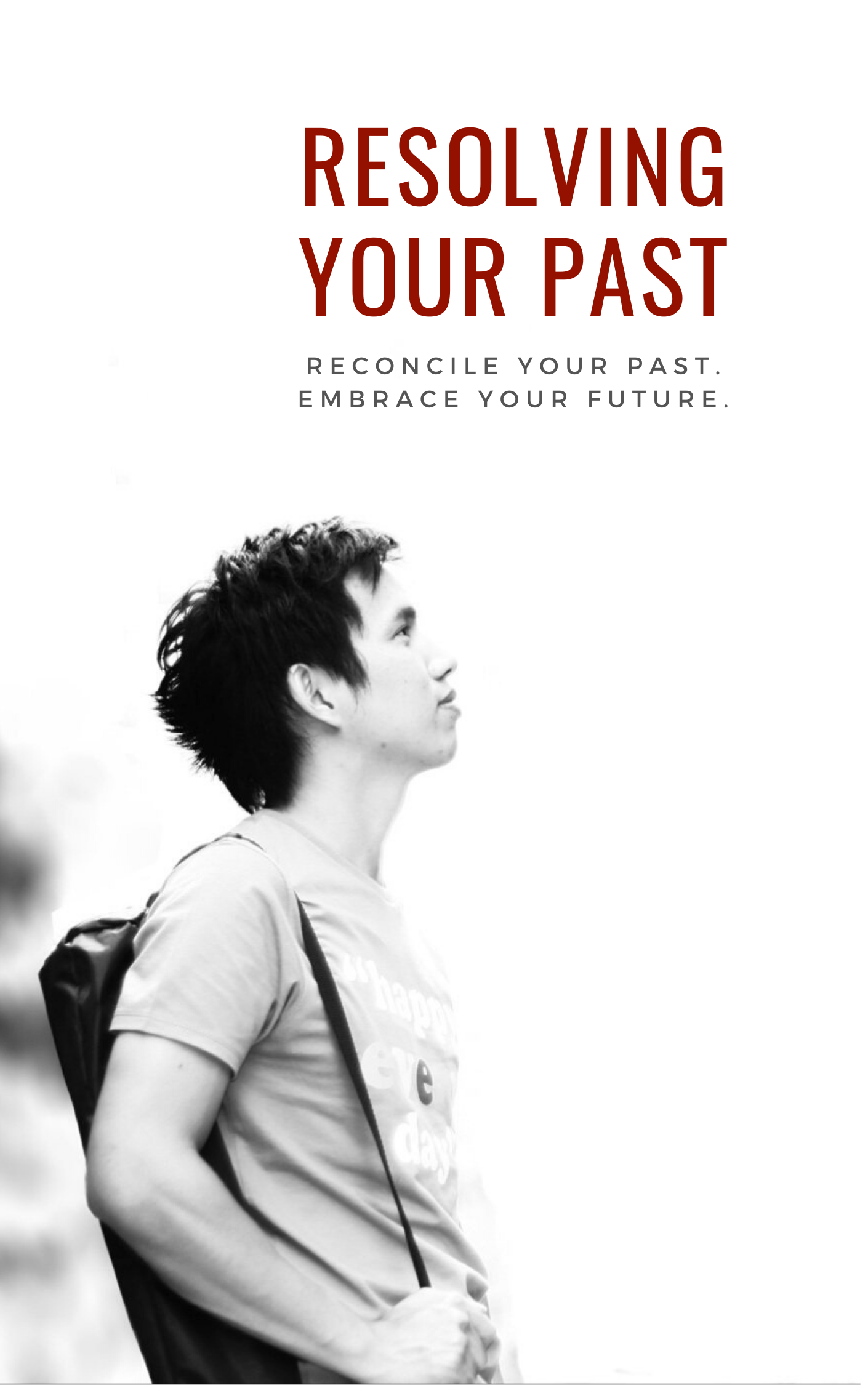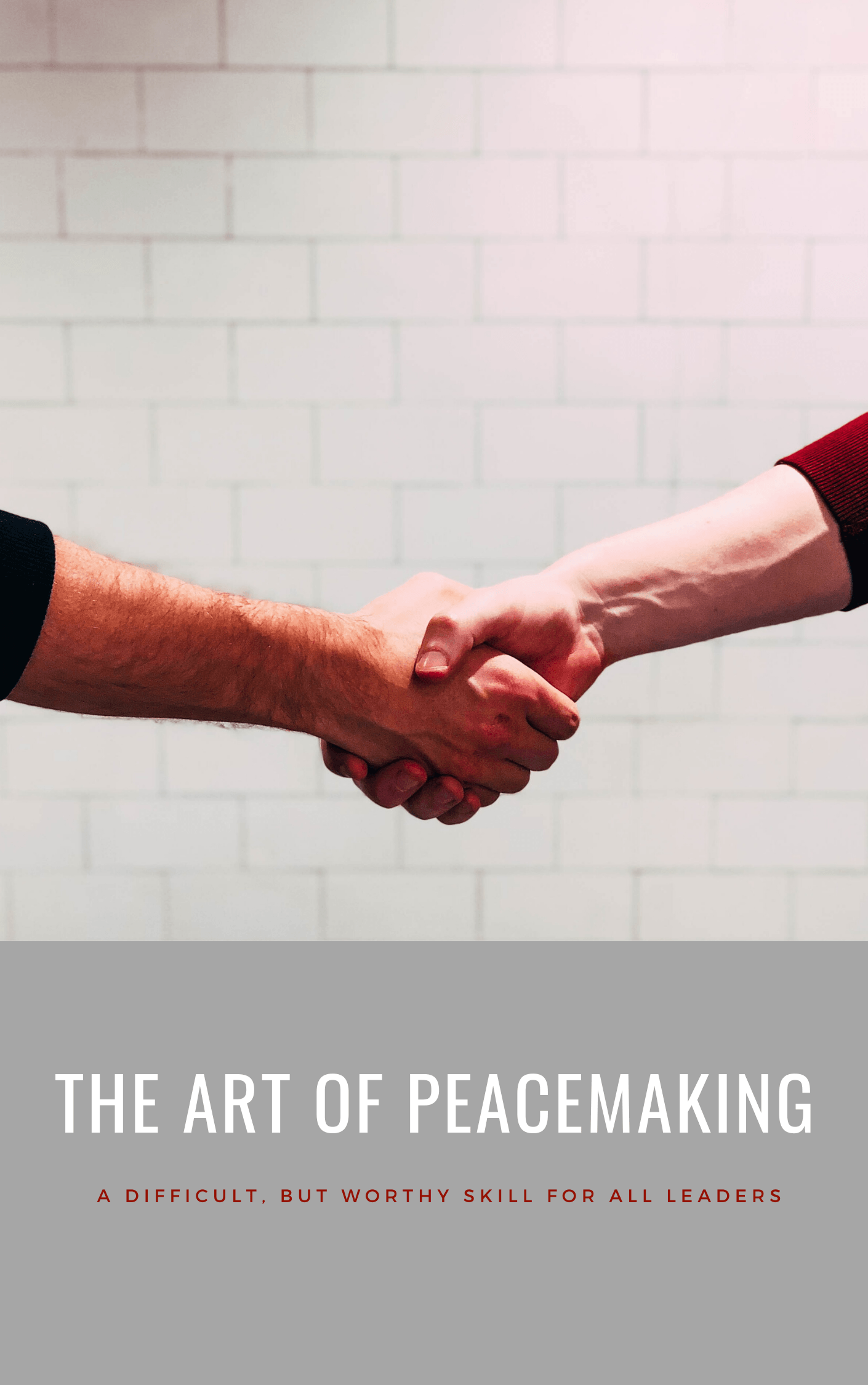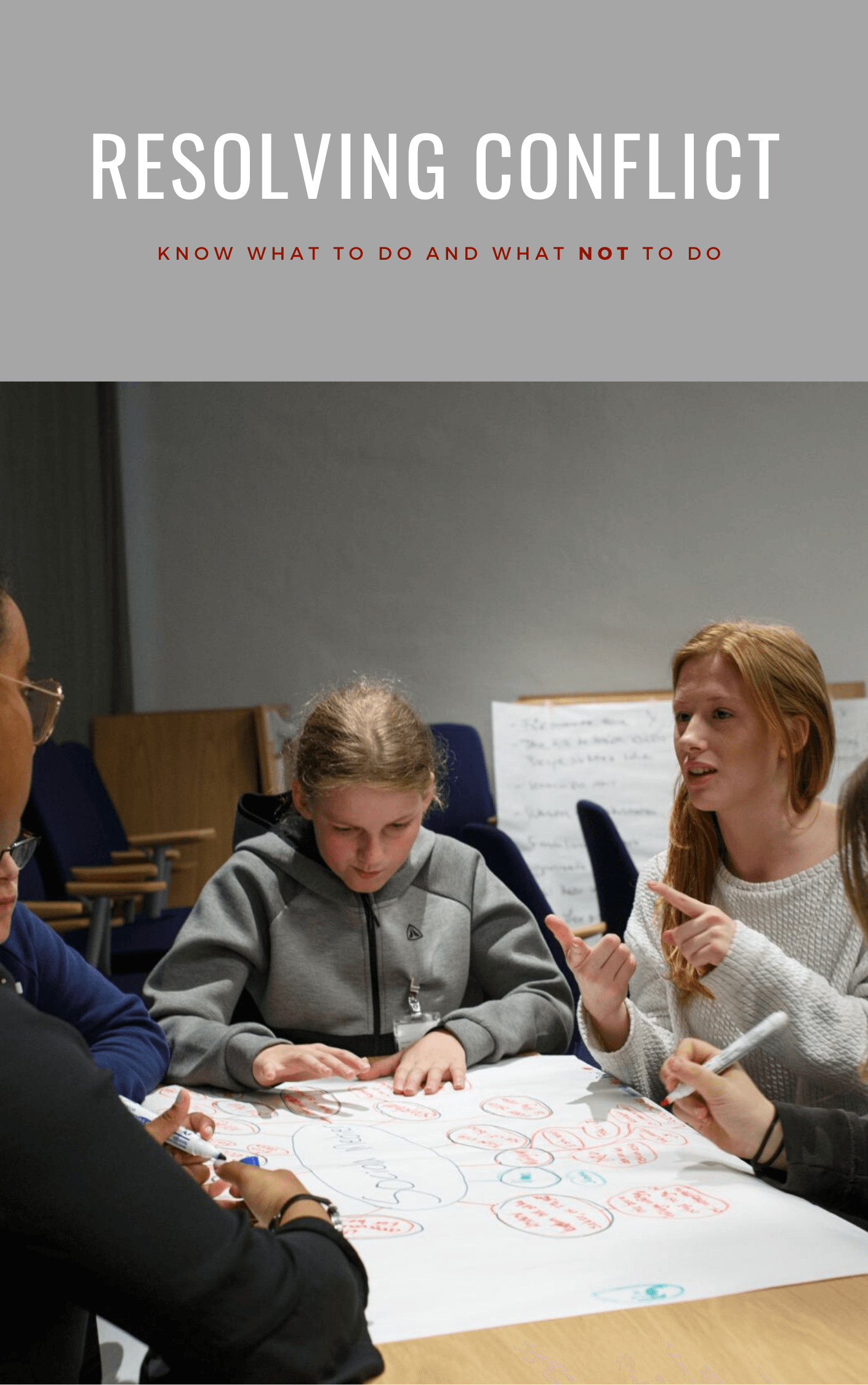The Hard Work of Dialogue (Part 1)
I’ll never forget the moment in one of my leadership classes when the prof took the semi-precious stone from around her neck and dangled it over our table. “I want to talk about dialogue,” she informed us. “Rather than debating or arguing about a subject, you need to suspend it out in front of everyone and look at it from every angle objectively. Suspend your judgment…depersonalize the issue, and take time to analyze and consider it from every perspective.”
Dialogue—the forgotten art of listening and speaking with respect in which people are truly heard out and given a chance to express their ideas without being shut down. Too often we listen with resistance—our minds already made up. We approach an issue with discussion or debate in mind, arguing for our position or seeking to find immediate consensus. While we might eventually end up there, what if we first took the time to truly listen to everyone’s perspective, see things from their angle, suspend our feelings and opinions, and in a sense, “enter their skin” and truly consider matters from their viewpoint? This is much harder than you think.
Stephen R. Covey made popular the idea that we should “Seek first to understand, then to be understood.” As seen in this diagram
, dialogue requires the skillful use of four distinct practices to balance inquiry—which is the “seeking to understand” part—and advocacy—which is the “being understood” part. Genuine inquiry requires you to listen carefully while suspending your judgment. Advocacy refers to sharing your ideas through thoughtful and respectful interaction.
My next few posts will dive deeper into each of the four aspects of dialogue.














